Mining

343003621
Los Figaredo's Villa
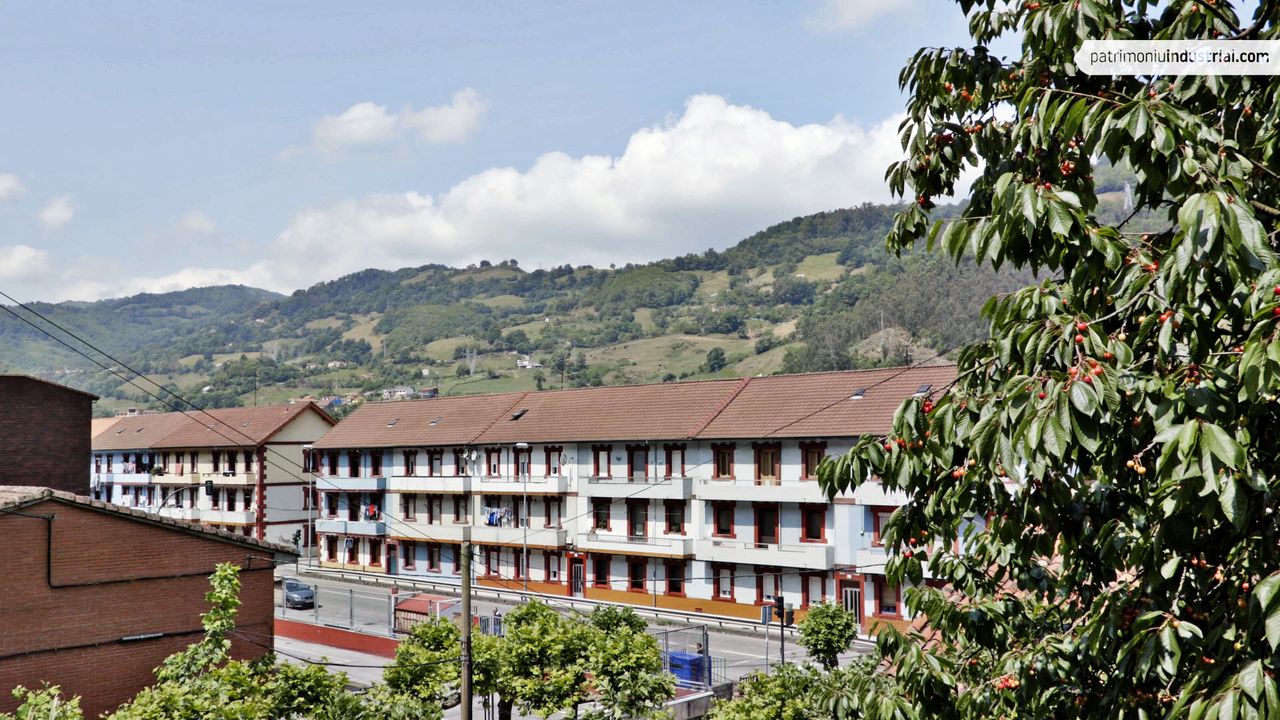
363112906
Las Vegas Residential Barraks
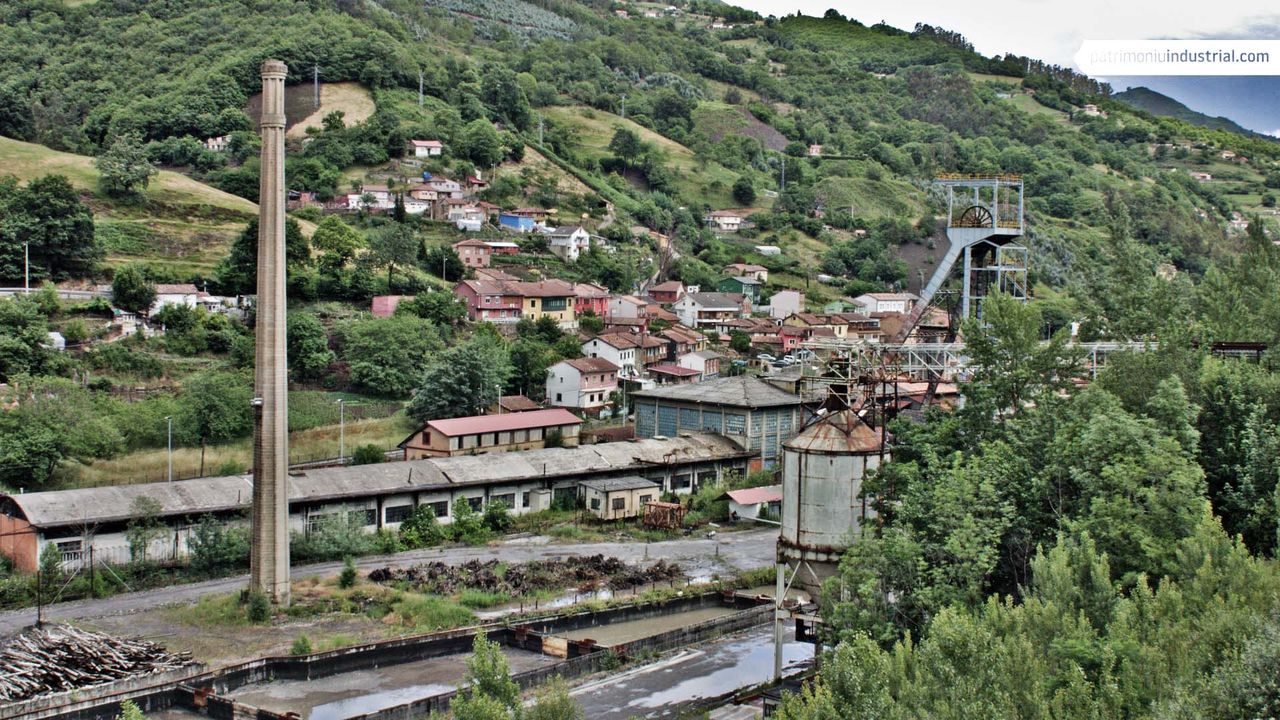
343014708
Figaredo Mine
The predecessor of the company Minas de Figaredo was the company Coto Paz de Figaredo, created to exploit coal deposits at the convergence of the valleys of Aller and Turón. The company would be owned from 1866 by Vicente Fernández Blanco and later by his son, Inocencio Fernández Martínez de Vega, who would eventually adopt the surname Figaredo. In the early years of the 20th century, it already employed 200 workers with an annual production of 25,000 tonnes.
The mountain exploitation was organised by means of different floors linked with each other thanks to inclined planes, and also connected to the area where the classification and washing workshop was located, together with the coke furnaces, in Cortina. In 1932, the family company Viuda e Hijos de Inocencio Fernández was renamed as Minas de Figaredo, S.A.
While continuing with the exploitation of its mountain mines, the company designed a large exploitation area in the vicinity of Figaredo, which included two vertical shafts and a factory for derivative products. The sinking of the former one, the San Vicente mine shaft, began in 1929, although the work was not completed until the 1940s. The re-sinking carried out in the 1980s required the replacement of the primitive headframe with the current extraction tower. The mine shaft reached a depth of 500 metres. The latter, the San Inocencio mine shaft, reached a depth of 470 metres over ten floors. Its 31-metre-high headframe was built by Fábrica de Moreda-Gijón and installed in 1957 to start production a year later. A great part of the buildings that remain were designed during the following years: the engine house (1955), the offices (1956) and the toilet and lamp building (1960).
By the end of the 1970s, Minas de Figaredo went through a deep crisis which led to a labour force adjustment plan for its 1,650 workers. After an intense trade union and social struggle, including a protest in Mieres attended by 40,000 people in April 1979, the company was integrated into the National Institute of Industry. In 1998, it was incorporated into HUNOSA, being the last company to do so. Its facilities were definitively closed in 2007.

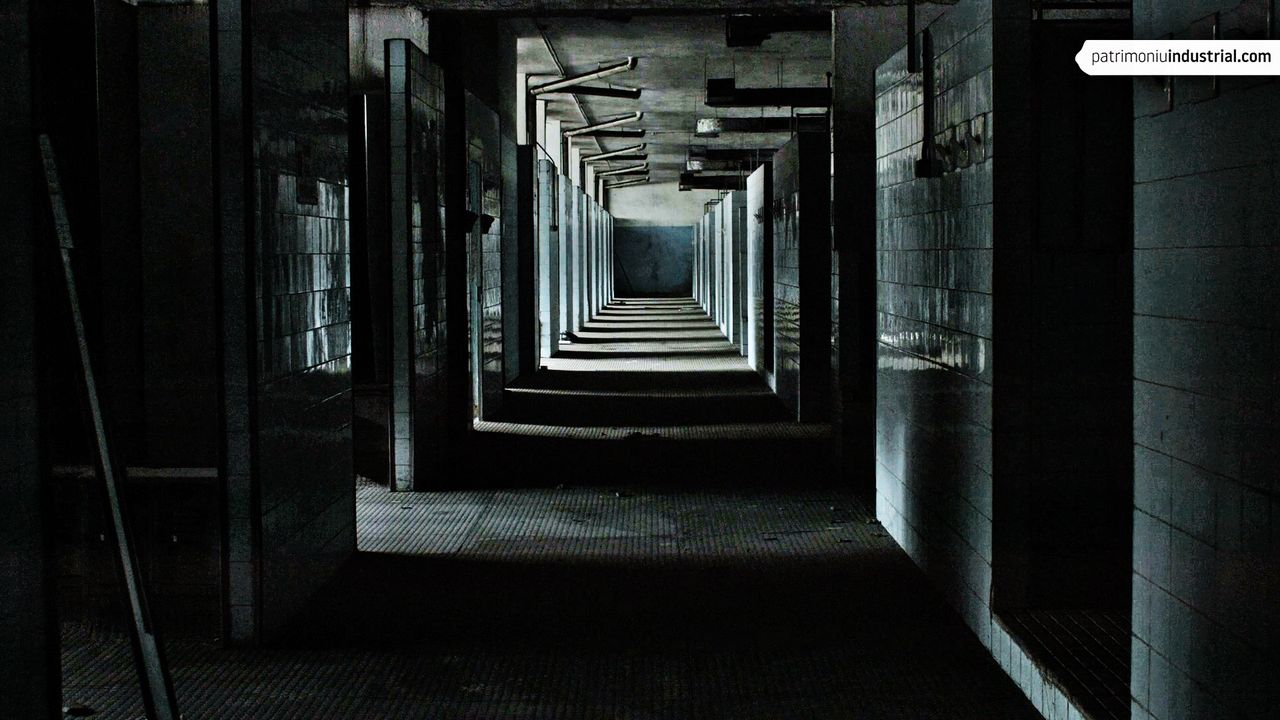
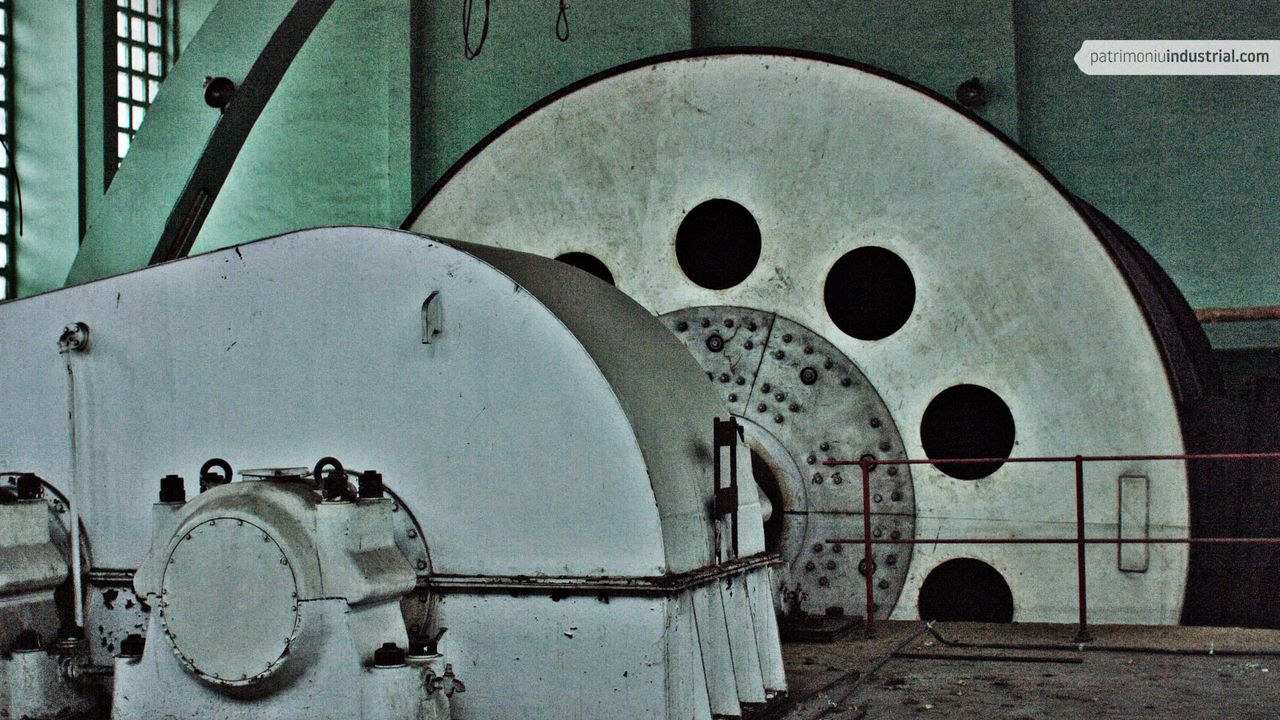
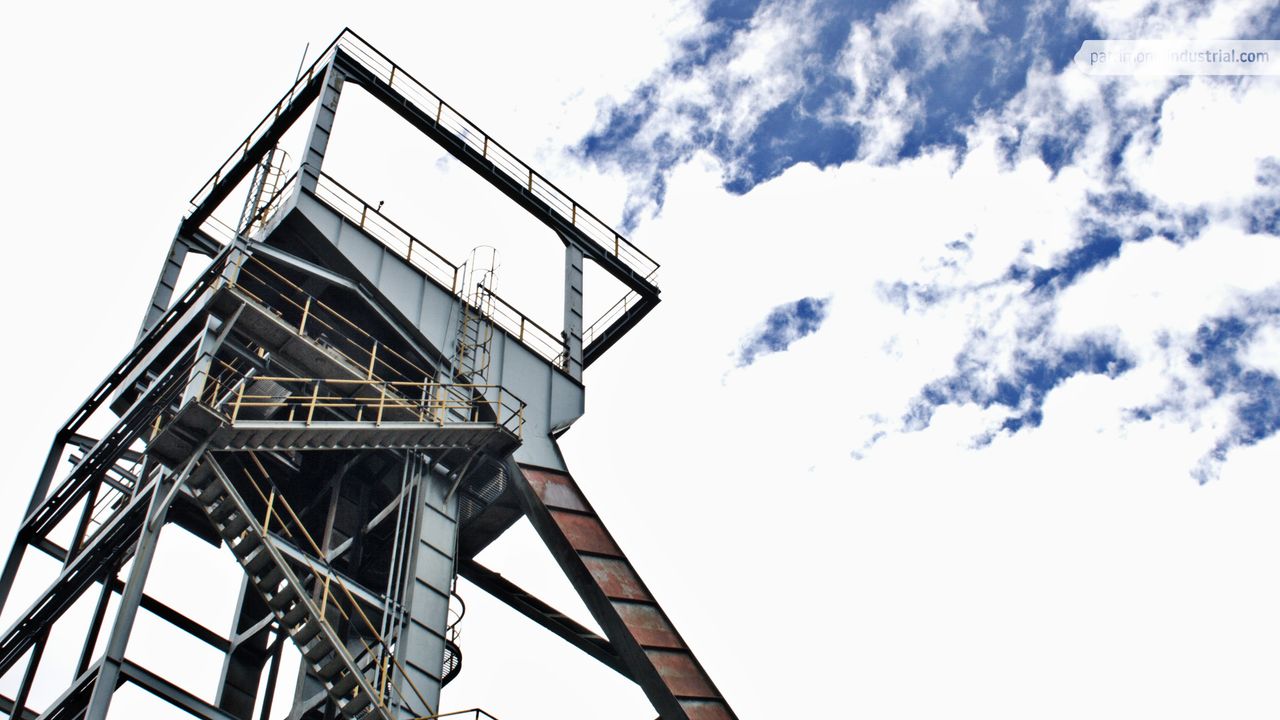

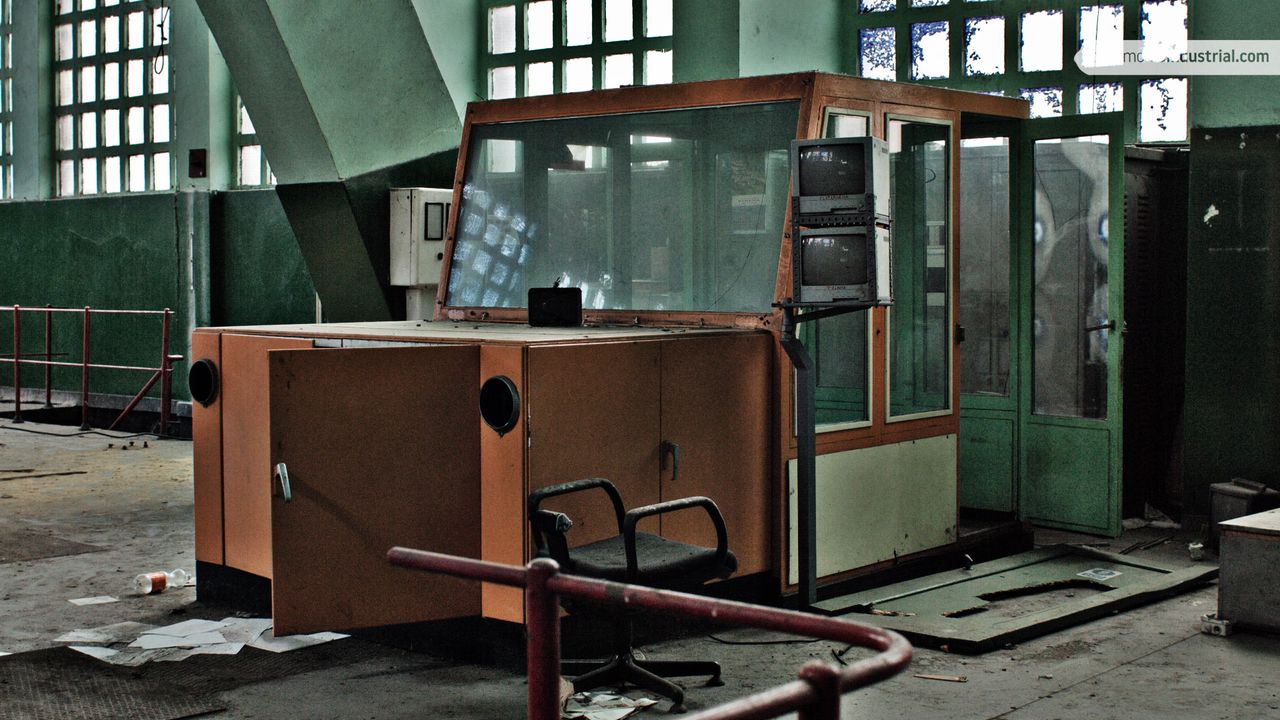
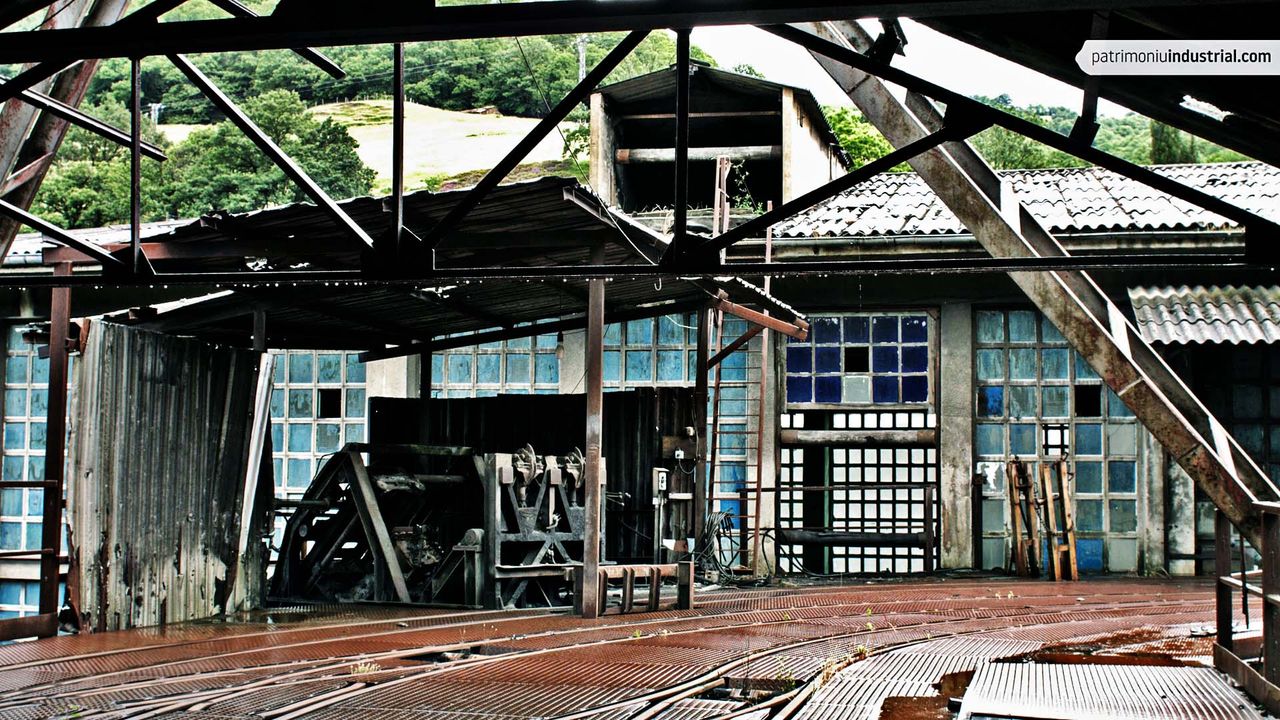
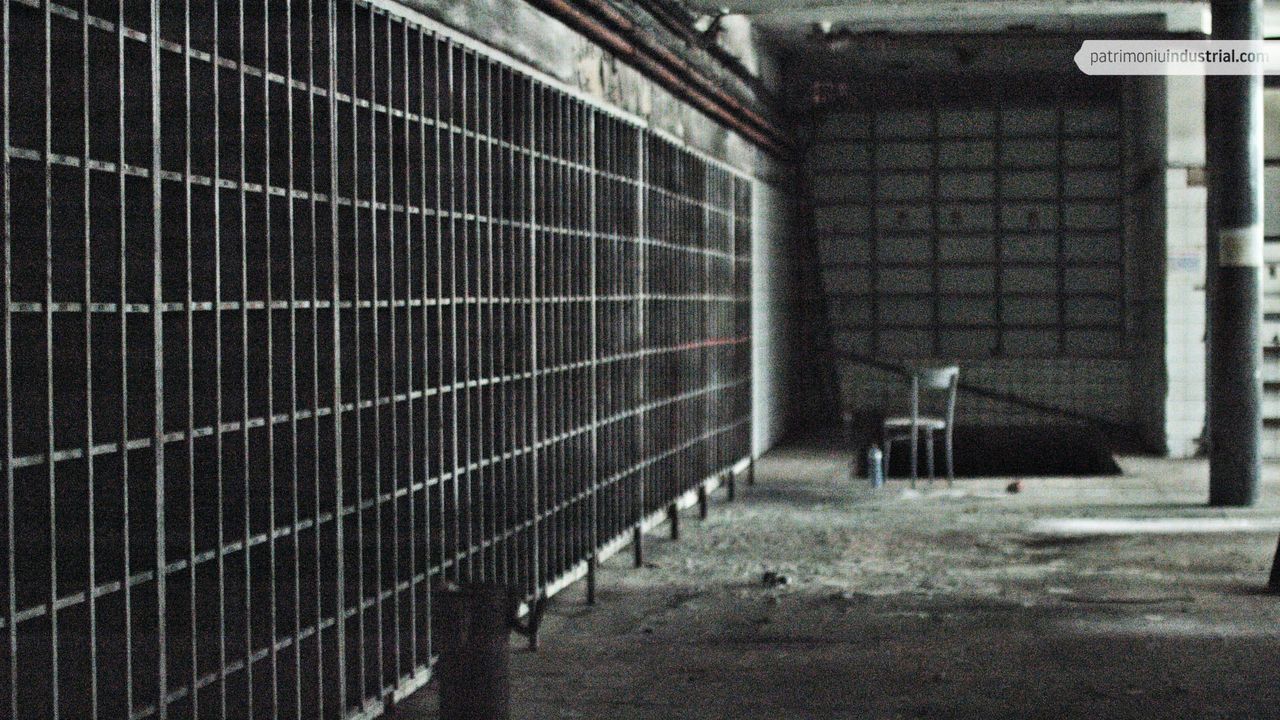
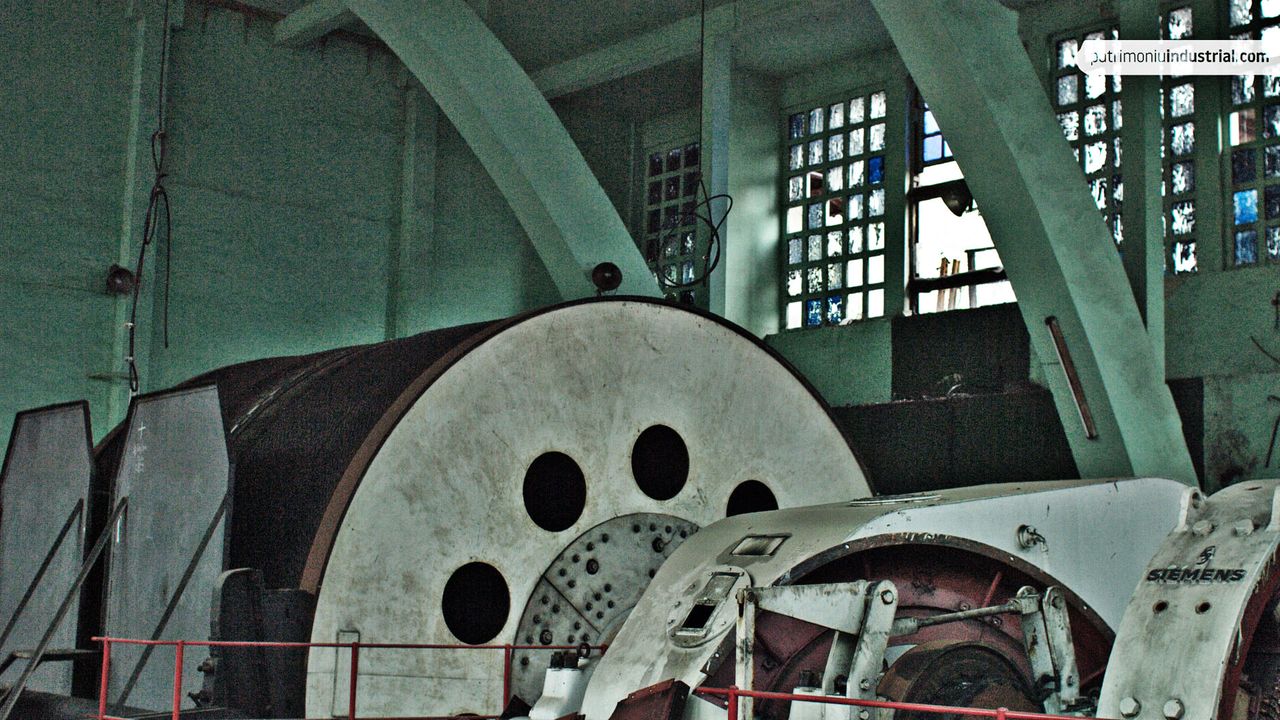
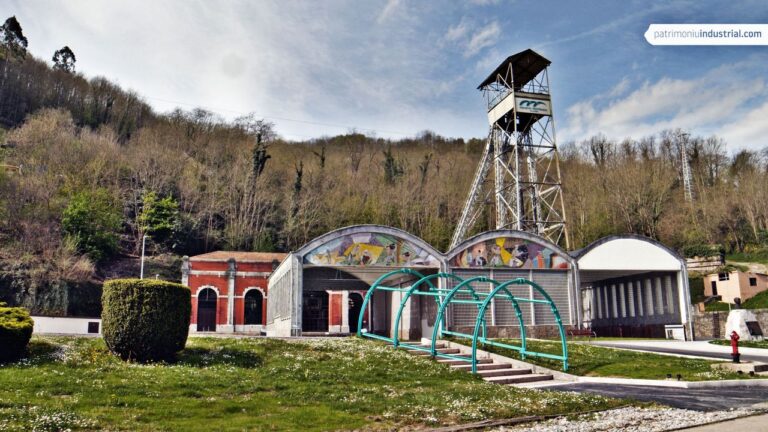
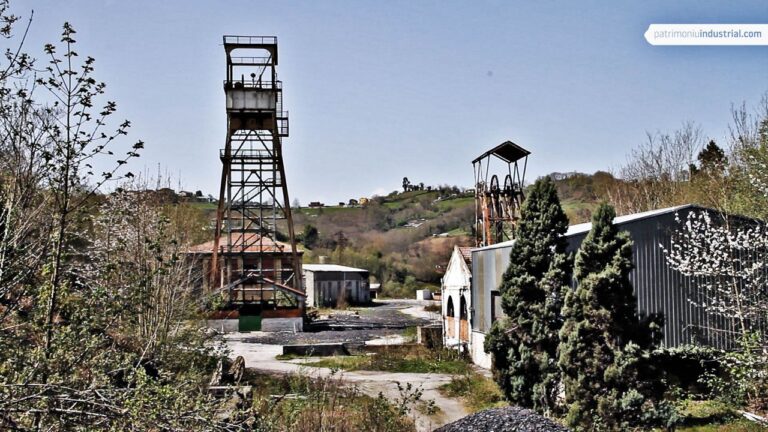
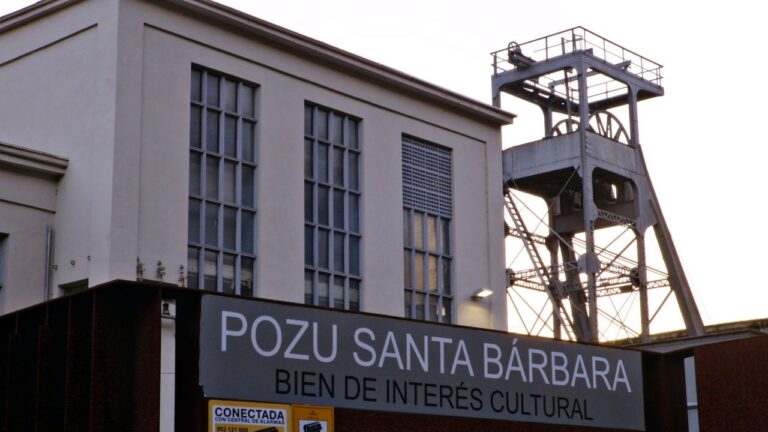

Recent Comments